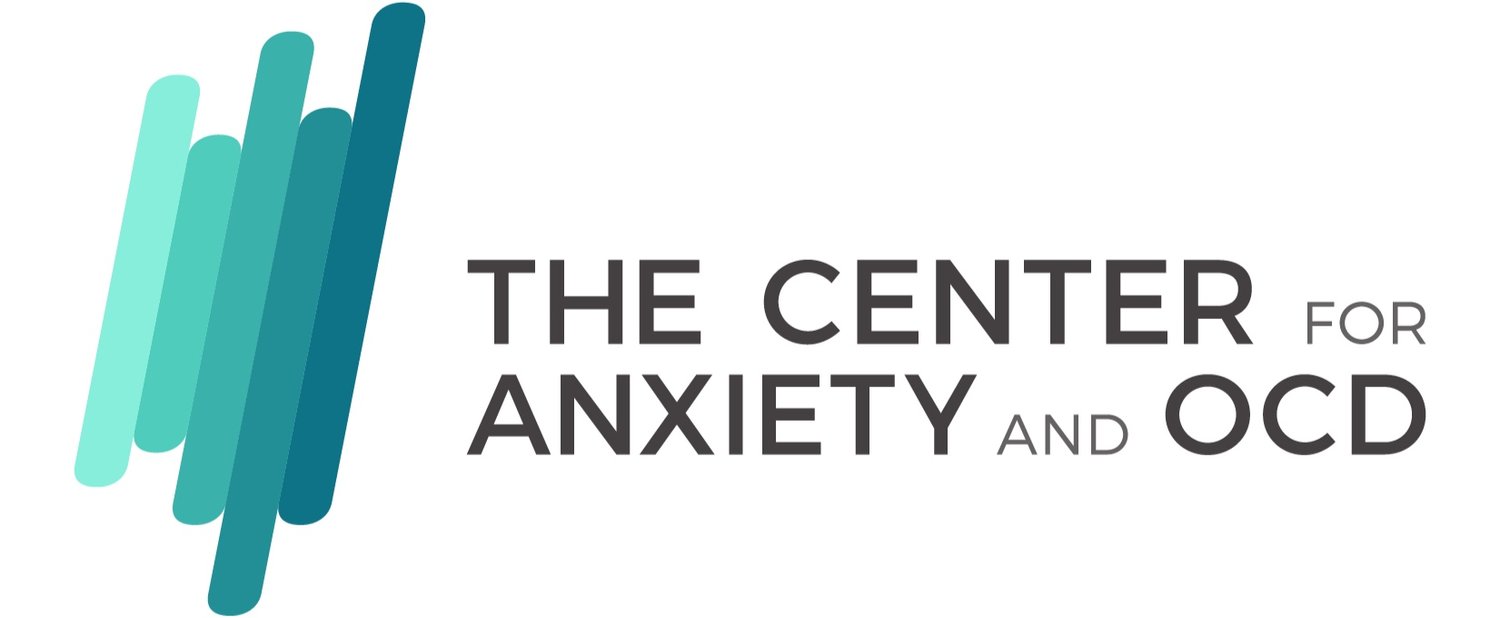
Trichotillomania
Trichotillomania, more commonly known as compulsive hair pulling, is a body focused repetitive behavior (BFRB) in which the sufferer feels an overwhelming urge to pull out the hair on any part of their body, most commonly the hair on their head, eyebrows, eyelashes, or pubic region. Trichotillomania is an impulse control disorder which affects women in a disproportionate number. The puller oftentimes reports being in a trance-like state while pulling, and can go hours without noticing that they are engaged in a pull session. Due to the damage that can be caused by excessive pulling of the hair, Trichotillomania is frequently accompanied by and exasperated by feelings of shame and embarrassment. The sufferer might avoid social interactions and limit their lives due to their pulling behaviors, and due to the fear that others may notice and judge them, especially after a particularly bad pull 'session.' In severe cases, one might pull out most of the hair on their head or face and may wear wigs and prosthetics.
Signs and symptoms in Trichotillomania
Seemingly uncontrollable urge to pull out hair
Scanning throughout the day for areas where there is a ‘rogue’ hair
Pleasure, gratification, or relief after pulling hairs
Using pulling as a reward or an indulgence after a bad day or after heightened anxiety
Pulling when bored or stressed
Others noting the pulling behavior when the puller is not aware
Thinned out eyebrows, hair or eyelashes or bald patches on the head or face
Treatment for Trichotillomania
For many pullers, the behavior is a coping strategy developed to deal with anxious thoughts and unwanted sensations such as anxiety, boredom, or distress. At CAOCD we prioritize not just the management of the pulling behavior, but work to address the deeper anxieties that fuel it. We work to help our clients develop coping skills for facing fear rather than avoiding it through unhelpful behaviors. Trichotillomania is treated using cognitive behavioral therapy (CBT) to challenge perfectionistic thought patterns, acceptance and commitment therapy (ACT) to tolerate the urges that precede a pull session, and habit reversal training (HRT) to bring awareness to the behavior and provide alternate behaviors which are less damaging. As is true in the treatment of all BFRB’s, the shame and embarrassment that these behaviors produce must also be addressed in order to achieve lasting recovery. With the right approach, many people significantly reduce their pulling behaviors and more importantly, learn how to face their fear and discomfort rather than escaping it through compulsive behaviors.
What is Habit Reversal Training (HRT)?
Habit Reversal Training (HRT) is a behavioral intervention that combines a number of techniques to help increase awareness and reduce the damaging behaviors seen in body focused repetitive behaviors (BFRB's). HRT is the gold standard of treatment for BFRBs such as Trichotillomania and excoriation disorder (compulsive skin picking). HRT aims to first increase a client’s awareness of their behaviors before introducing the use of a competing response to gradually replace the habit and urge to pull or pick. A competing response can be any behavior which the individual engages in, such as squeezing a ball, drawing, meditating, or the use of gloves while driving, to avoid feeding into the habit of pulling/picking. Because the habit and urge to pull and pick is strengthened every time the individual gives in, the use of a competing response weakens this urge over time. Although the goal is not to gain complete elimination of any pulling or picking behaviors, significant reduction is possible. With the evidence based treatments used at CAOCD, you may may begin to feel more choice, awareness and freedom and can opt for a different path the next time you feel an urge.
